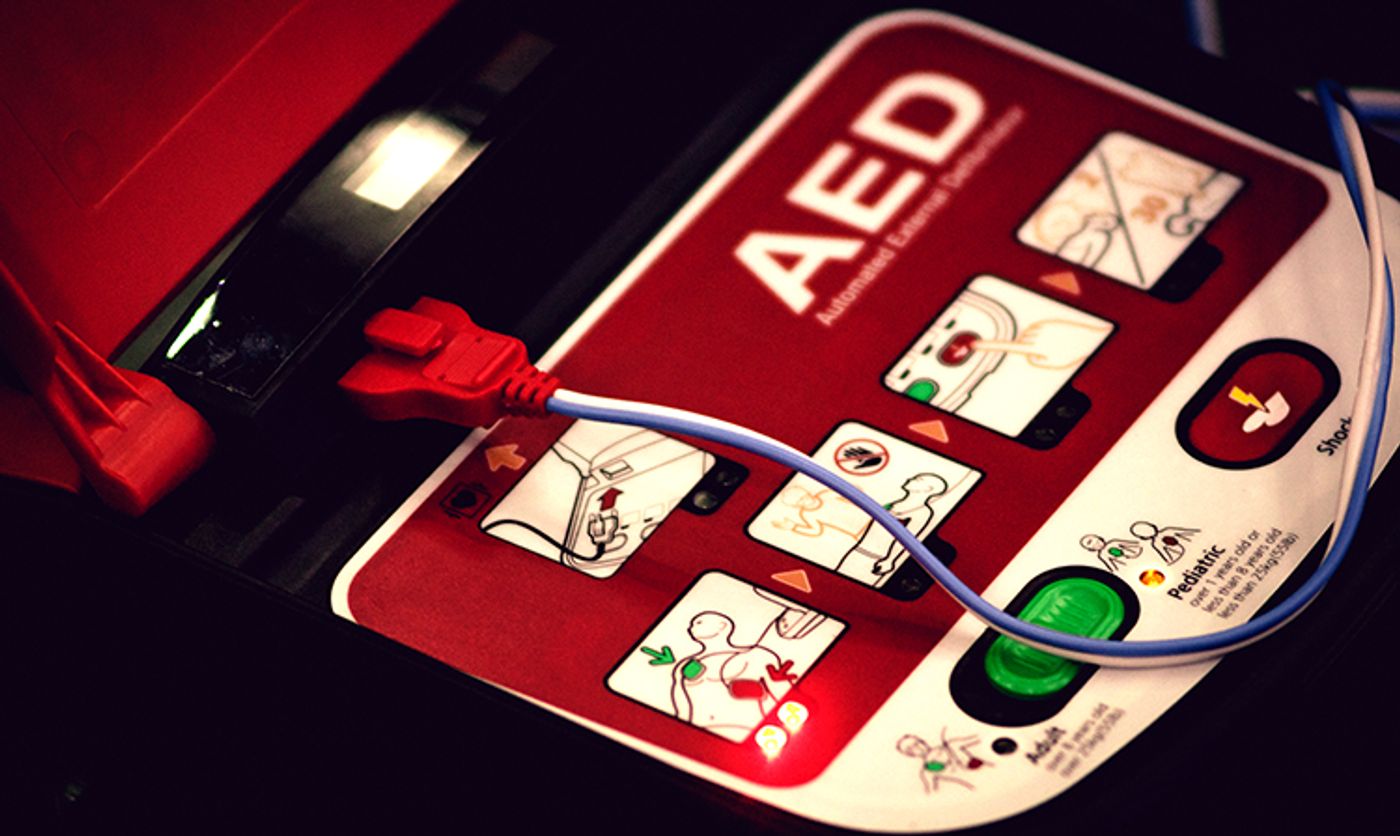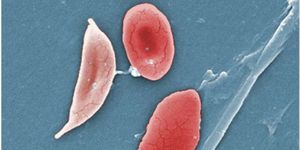What Happens After Cardiac Arrest?
For the ten percent of people who survive cardiac arrest, long-term sensory problems are inevitable. That is, unless scientists can come up with a way to revive damaged brain cells.
As opposed to heart attack, a “blood flow problem,” cardiac arrest is an “electrical problem.” The heart stops pumping altogether as a result of an irregular heartbeat, or arrhythmia. No heartbeat means no oxygen to the body’s organs, including the brain. No oxygen in the brain means massive death of neurons, the building blocks of brain function. Some neurons survive if cardiac arrest is addressed in time and the flow of oxygenated blood returns to the brain, but the surviving neurons don’t make it out unscathed.
In 2015, the American Heart Association reported that 10.6 percent of out-of-hospital cardiac arrest patients survive, if treated by emergency medical services (EMS). For those individuals lucky enough to be near a bystander who treated them with an automated external defibrillator (AED) when they experienced cardiac arrest, the survival rate jumped up to 31.4 percent. The more time that passes before a cardiac arrest patient is treated, the more likely they are to face severe consequences, including death.
For the people that do end up surviving cardiac arrest, long-term sensory dysfunction is a serious problem. The part of the brain that is responsible for sensory information is called the cerebral cortex, and it plays a role in a wide range of functions and senses, including vision, hearing, touch, memory, language, creativity, judgment, and emotion. Thus, it’s easy to see how damaged neurons in the cerebral cortex can lead to a handful of irreversible problems in the aftermath of cardiac arrest.
In order to understand the long-term effects of cardiac arrest on the cerebral cortex over time, scientists from the Louisiana State University Health New Orleans School of Medicine studied cardiac arrest in rats.
"Our work characterizes the changes that occur in the sensory cortex after a form of global hypoxic injury in juvenile rats," explained research leader Jason Middleton, PhD. Hypoxic injury describes the damage done to the brain as a result of oxygen deprivation. Middleton and his team saw that the injury was not widespread, but did reflect “decreased ability of the cortex to discriminate sensory stimuli.”
For now, Middleton and the other researchers are just starting to understand how long-term sensory dysfunction develops after cardiac arrest, but they are hopeful that the understanding could lead to an intervention capable of preventing long-term damage, or at least alleviating some of it.
The present study was published in the journal eNeuro.
Sources: Sudden Cardiac Arrest Foundation, Louisiana State University Health Sciences Center









